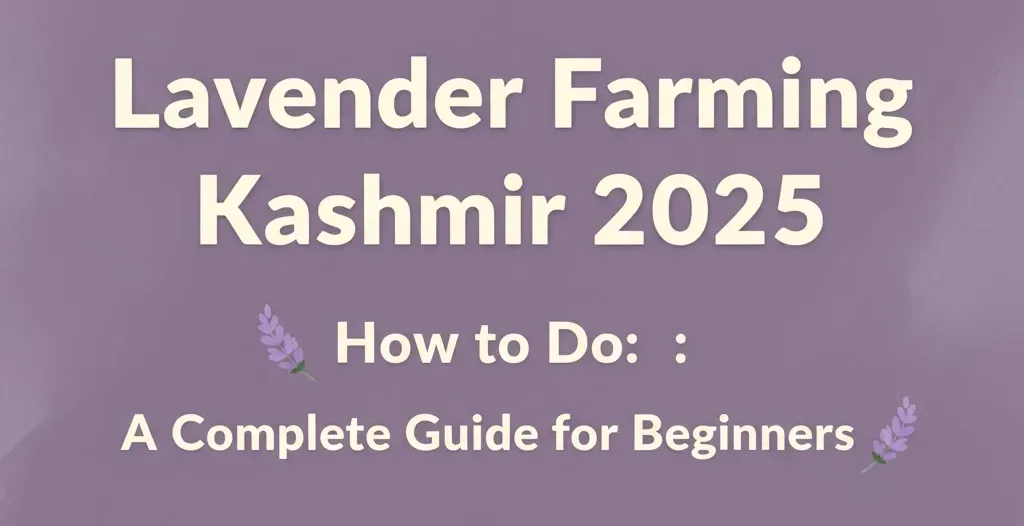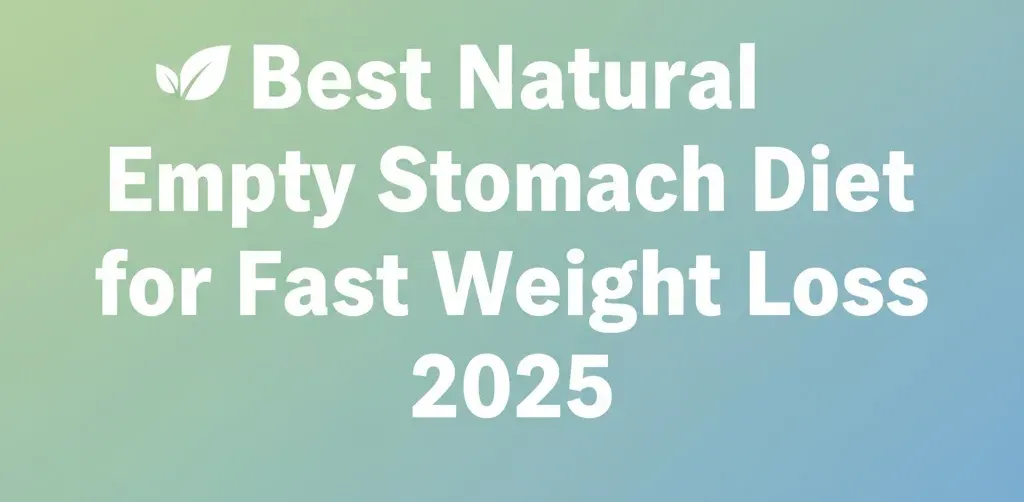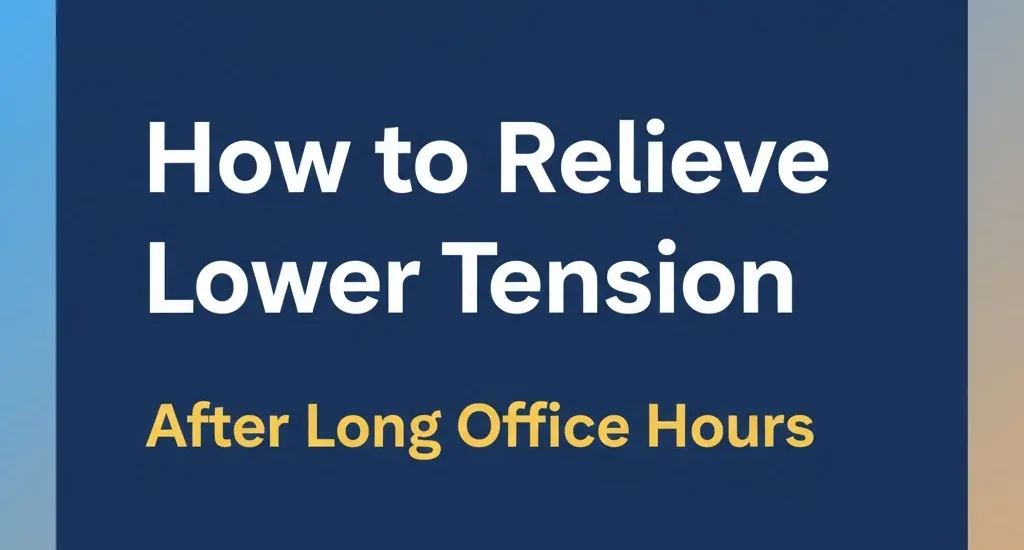Levender farming in Kashmir is emerging as a lucrative agricultural venture in 2025. The region’s climate and soil conditions make it ideal for cultivating this fragrant herb, which has high demand in perfumery, cosmetics, and medicinal industries. This article offers a comprehensive, easy-to-understand guide on how to start levender farming in Kashmir, covering everything from preparation to harvesting to ensure maximum yield and profitability for farmers and entrepreneurs alike.
Choosing the Right Levender Variety for Kashmir
Selecting the appropriate levender variety is crucial for success. Common varieties suitable for Kashmir include Lavandula angustifolia (English lavender) and Lavandula vera. These species are favored for their strong aroma and adaptability to the cooler climate of Kashmir.
Soil and Climate Requirements for Levener
Levender plants thrive best in well-drained, slightly alkaline soil with pH levels between 6.5 and 8. Kashmir’s temperate climate with cool summers and mild winters provides an optimal environment for levender growth. Proper drainage is essential to prevent root rot.
Land Preparation and Planting Techniques
Prepare the land by plowing deeply and adding organic compost to improve fertility and texture. Raised beds help with drainage. Plant levender seedlings at a spacing of 30-45 cm between plants and 60-75 cm between rows. Early spring is the best planting time in Kashmir.
| Step | Description | Recommended Practice |
|---|---|---|
| Soil Preparation | Deep plowing and addition of organic manure | Compost mixed 5 tons/acre |
| Plant Spacing | 30-45 cm (plant), 60-75 cm (row) | To allow proper growth |
| Planting Season | Early spring (March-April) | Avoid frost periods |
Watering and Irrigationanagement
Levender is drought-tolerant but requires regular watering until establishment. Use drip irrigation to provide adequate moisture while conserving water. Overwatering should be avoided to prevent fungal diseases.
Fertilization and Nutrient Management
Apply nitrogen, phosphorus, and potassium fertilizers based on soil tests. Organic manures like vermicompost enhance soil health. Use balanced fertilizers at planting and top dressing stages to promote healthy growth and higher yields.
Weed and Pest Control in Levender Farming
Keep the fields weed-free by manual weeding or shallow hoeing to avoid disturbing roots. Levender is relatively pest-resistant but may face issues from aphids or fungal infections. Use organic pesticides and neem oil for pest management.
| Pest/Disease | Symptoms | Control Measures |
|---|---|---|
| Aphids | Curling leaves, sticky residue | Neem oil spray, insecticidal soap |
| Root Rot | Wilting, yellowing leaves | Ensure well-drained soil, fungicide treatment |
Harvesting and Processing
Harvest levender flowers when they start to bloom but before full flowering for best oil quality. Cut the flower stalks early morning and dry them under shade to preserve fragrance. Distillation is used to extract essential oils for commercial purposes.
Market Potential and Profitability of Levender Farming in Kashmir 2025
The demand for levender oil, dried flowers, and related products is increasing in India and abroad. Kashmir’s unique climate produces high-quality levender, giving farmers a competitive advantage. With proper care and marketing, levender farming can yield substantial profits.
| Product | Market Price (Approx) | Potential Uses |
|---|---|---|
| Levender Oil | ₹7,000-10,000 per kg | Cosmetics, aromatherapy |
| Dried Flowers | ₹200-350 per kg | Potpourri, crafts |
| Fresh Flowers | ₹150-250 per kg | Herbal teas, bouquets |
Benefits of Levender Farmingn Kashmir
-
Requires low water and fertilizer input
-
Adapted to local climatic conditions
-
Multiple revenue streams from oil, flowers, and value-added products
-
Eco-friendly crop promoting biodiversity
How to Start Levender Farming: Stepy-Step
-
Conduct soil testing and select suitable land.
-
Choose high-quality levender seedlings or seeds.
-
Prepare soil and implement planting at recommended spacing.
-
Employ drip irrigation and schedule watering carefully.
-
Apply organic and chemical fertilizers as per crop stage.
-
Monitor for pests and diseases and manage organically.
-
Harvest flowers at the right time for best quality.
-
Process flowers for oil extraction or drying for various uses.
-
Market products through local and online platforms for better profit.
FAQs on Levender Farming Kashmir 2025ow to Do
Q: What is the ideal climate for levender farming in Kashmir?
A: A temperate climate with cool summers and mild winters suits levender best.
Q: Can levender grow in all soil types?
A: It prefers well-drained, slightly alkaline soils but cannot tolerate waterlogged conditions.
Q: How much water does levender need?
A: Moderate watering is needed, especially during initial growth; drought tolerant later.
Q: When is the best time to harvest levender flowers?
A: Harvest when flowers start blooming, usually early morning for optimal oil quality.
Q: What are the main pests affecting levender?
A: Aphids and fungal diseases are common but manageable with organic controls.
Q: How profitable is levender farming in Kashmir in 2025?
A: With good practices, levender farming can be highly profitable due to rising demand.
Conclusion
Levender farming in Kashmir offers promising opportunities in 2025 due to ideal climatic and soil conditions. By following best practices in variety selection, land preparation, irrigation, pest control, and harvesting, farmers can achieve high-quality yields and tap into growing markets for levender products. This sustainable farming venture not only enhances income but also contributes to ecological balance. Starting levender farming with proper knowledge and care can lead to rewarding long-term success.








